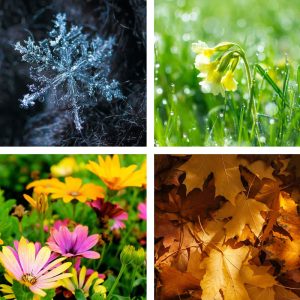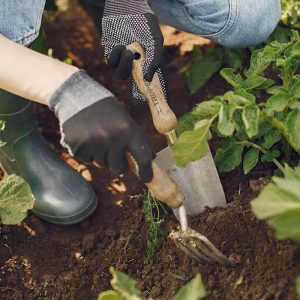
28 Feb Trimming Bushes and Plants for a Flourishing Landscape
Maintaining a vibrant and well-groomed garden involves more than just watering and weeding; knowing when to trim bushes and plants is crucial for their health and overall aesthetic appeal. Proper pruning not only enhances the appearance of your garden but also promotes growth and ensures the longevity of your plants. In this article, we’ll explore the best times to trim bushes and plants to achieve a flourishing garden year-round.
 Understanding Plant Growth Cycles
Understanding Plant Growth Cycles
Before diving into specific trimming schedules, it’s essential to understand the growth cycles of different types of plants. Generally, plants can be categorized into three groups based on their flowering times:
- Spring-Blooming Plants: These plants produce flowers in early spring, typically on branches that grew the previous year.
- Summer-Blooming Plants: These plants bloom in the summer, usually on new growth from the current season.
- Fall-Blooming Plants: These plants flower in the fall, often on growth from both the current and previous seasons.
Best Times to Trim Bushes and Plants
Spring-Blooming Plants
For plants that bloom in spring, such as lilacs, azaleas, and forsythia, the best time to trim them is immediately after they finish flowering. This allows you to remove dead or damaged branches and shape the plant without risking the removal of next year’s flower buds.
Summer-Blooming Plants
Summer-blooming plants, including roses, hydrangeas, and butterfly bushes, benefit from pruning in late winter or early spring while they are still dormant. This stimulates new growth and encourages robust flowering during the growing season.
Fall-Blooming Plants
Plants that bloom in the fall, such as chrysanthemums and asters, should be pruned in late spring or early summer. Trimming them during this time allows the plant to focus its energy on producing new growth and flower buds for the upcoming season.
 General Trimming Tips
General Trimming Tips
- Use Sharp Tools: Always use clean, sharp pruning shears or loppers to make clean cuts and minimize damage to the plant.
- Remove Dead or Diseased Branches: Trim away any dead, damaged, or diseased branches to promote overall plant health.
- Shape for Aesthetic Appeal: Prune bushes and plants to maintain a balanced shape and size, taking care not to remove more than one-third of the plant’s growth at a time.
- Consider Growth Habit: Understand the natural growth habit of each plant species and prune accordingly. Some plants may benefit from more aggressive pruning, while others require minimal trimming.
Knowing when to trim bushes and plants is essential for maintaining a thriving garden year-round. By understanding the flowering times and growth cycles of your plants and following the recommended trimming schedules, you can promote healthy growth, abundant flowering, and a visually stunning garden landscape. Remember to approach pruning with care and attention to detail, and your garden will reward you with beauty and vitality season after season.


